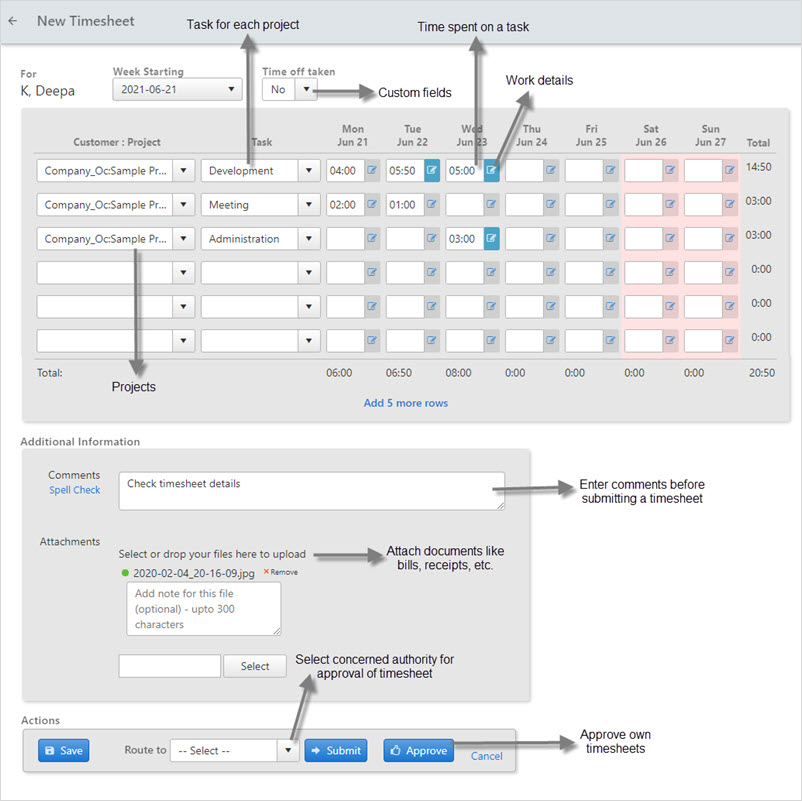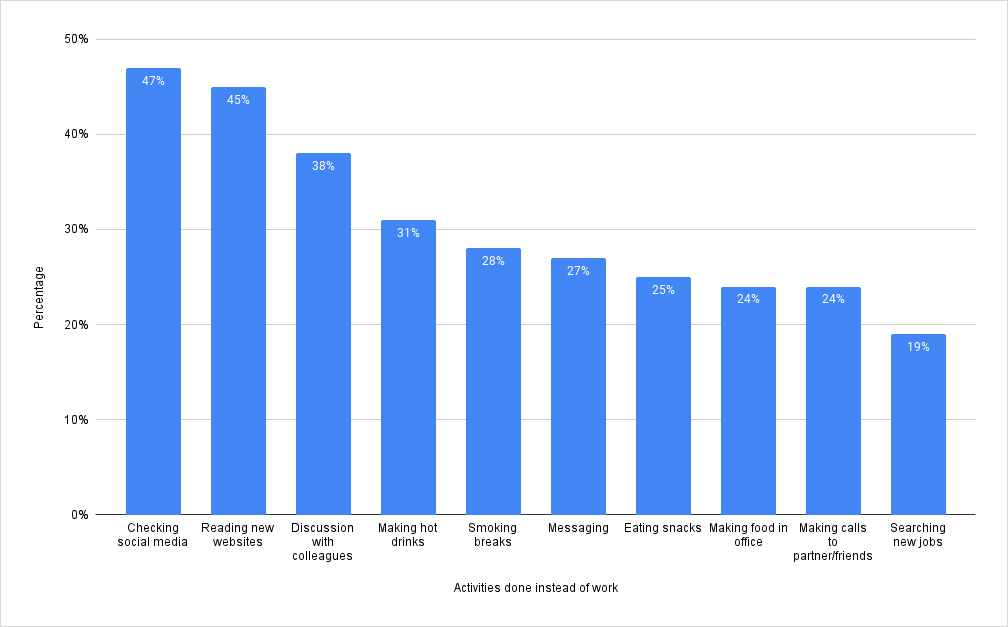Time is a limited resource used as a sort of currency in the lifecycle of an organization. The successful organization creates goals, prioritizes them, and strives to complete them as soon as possible.

“Until we can manage time, we can manage nothing else.”
Peter F. Drucker
For most organizations, their most important assets, people, consume most of the resources. An organization becomes profitable when the time spent by its people efficiently contributes to the future of the organization.
The important question most organizations face is how to use time tracking correctly and what advantages or issues they should be mindful of while implementing it.
What and Why of Time Tracking

Time tracking means logging time for work that people do on various things in your company. It helps managers to estimate how long it will take to complete a specific work in the future. The correct estimate helps eliminate over and under-utilization of resources.
Organizations need to know whether they are keeping their most profitable customers satisfied. A good time report will show the Time utilization across all customers. A few reasons for keeping track of time are:
- For Time and Material projects, billing for customers will be accurate..
- Holding employees accountable for the work they do.
- Let management know if the project progress is on track
- Ease compliance management for government projects, e.g., DCAA compliance
- Identify under-utilized and over-utilized employees.
How various organizations track time?
Data source: Financesonline.com
Even today, many organizations still use Adhoc time tracking methods like emails, excel sheets, or free timesheet templates. There are many issues associated with these:
- The information may be in many computers belonging to employees and difficult to consolidate.
- Changes in one timesheet may not reflect in another copy, and they may easily go out of sync.
Individual or freelancers usually use a simple timekeeping system to keep track of various personal and business work. This system helps them separate their life and work better.
Many organizations use electronic timekeeping systems to track time. Here user logs in to the networked system and enters their time.
They are usually submitted to the supervisor once in a billing period (weekly, bi-weekly, semi-monthly, or monthly). The supervisor then checks them for errors and submits them to the payroll, and if necessary, creates an invoice for the customer.
How to implement Time Tracking?
Before the implementation or even before selecting the time tracking software, the organization needs to create clear goals for a time tracking system. Following are some of the points they need to think about:
Questions to ask
-
What should be the level for time tracking? Few options are:
- Time measurement accuracy: every minute, 15 minutes increment, etc.
- Track time spent on which customers and projects.
- Association with Task types (e.g., design, quality assurance, marketing, and so on.)
- Location of work.
- Beginning, end, and break time.
- Regular, overtime, or time-off.
-
Are the company policies regarding the time tracking explained to the employees?
- Which customers, projects, task types, payroll needs to be tracked.
- Are Paid Time Off (PTO), and accrual tracking needed?
- Automated or manual approvals.
- Should customers need to approve the timesheet?
-
Types of reports needed:
- Comparing budget and time spent
- Time spent on each customer
- Employee efficiency
-
Who will manage the time tracking system?
- Inhouse vs. saas
- Are the employees identified and trained?
Important Features:
- There are many systems available in the market, and it is sometimes hard to figure out which one will fit your organization.
- Accessibility in times of the current pandemic.
Many companies spend much time evaluating different systems. A better approach would be to implement a system on a small scale. For example, OfficeClip provides a free timesheet that can help companies try out the system without worrying about evaluation.
Return on Investment (ROI)
ROI is measured in terms of the time it takes to recoup the initial investment of the product. The measurement is usually done by the savings achieved compared to the existing system. To calculate the ROI, you will need to consider:
- The total cost of acquisition includes the price of the software, time spent on its evaluation, and training.
-
How much time (and hence money) is saved by using the product. For example, before implementing the timesheet:
- your company could be spending lots of time consolidating the timesheet sent via emails.
- The supervisor did not check timesheets, and employees were not logging correct working hours.
Incorrect timesheet entries can also lead to penalties if you are doing government projects. See ROI.xls as an example of how to do this analysis.
Best Practices

Before selecting a product:
- Create a check of all the must-have features and optional features. Assign a weight to the individual features based on how much you need them. Then consider which product provides the maximum weight (check the decision matrix spreadsheet for an example of how to do this correctly).
- Make sure all the support contracts are well defined.
Before implementing in your organization:
- Do a pilot run for at least a few months to ensure that the product works as intended.
- Import your data into the new system and do a dry run
- Get a few employees trained to run the system.
- Create documentation for your employees on how to use a timesheet.
- If you were not using a timesheet before, create confidence amongst employees that it is not to violate their privacy or spy on them.
- Assign supervisors, approvers, and administrators in the system.
- Create the required workflow and edit rules to make the timesheet work.
When the system runs:
- Make sure training is provided to each employee on how to use the timesheet efficiently.
- Provide policies regarding which projects and tasks to log their time on.
- Run periodic reports to see the trends.
Example of how OfficeClip Timesheet Software will help your business?

- It is available free for unlimited users
- Built-in and custom reports available for analysis and future planning
- Integration with Quickbooks and other systems
- DCAA compliance for government projects
- Ability to send invoices from within the application
- Tracking employees time offs and accruals
- Ability to track project expenses
Statistics for Time Tracking
Productive hours in a day
According to a survey, employees are productive only for about 3 hours per day in the UK. Following statistics shows the study done where respondents admitted to spending time doing activities other than work during a working day.

Data source: VoucherCloud
Where does the productive time of an employee go?
- They spend 28% of their time answering and reading emails.
- 69% of workers spend more than an hour of their day on meetings.
- Up to four hours a week are spent on unproductive tasks.
- Workers spend 27% of their day on skill-based tasks.
- There are many workers who face burnout issues.
- 20% of working hours are spent on critical tasks.
- 11% time is spent on administrative tasks.

